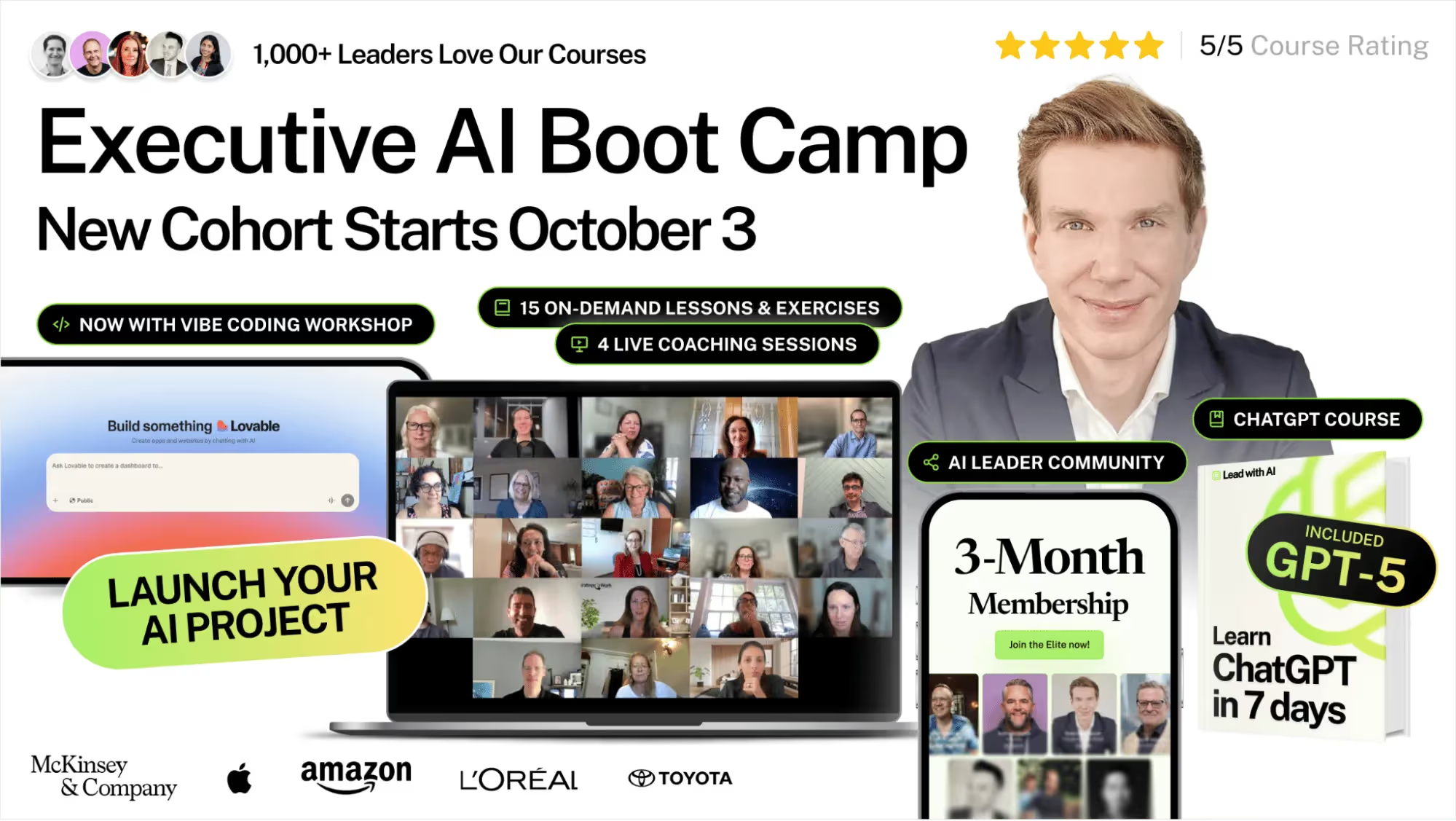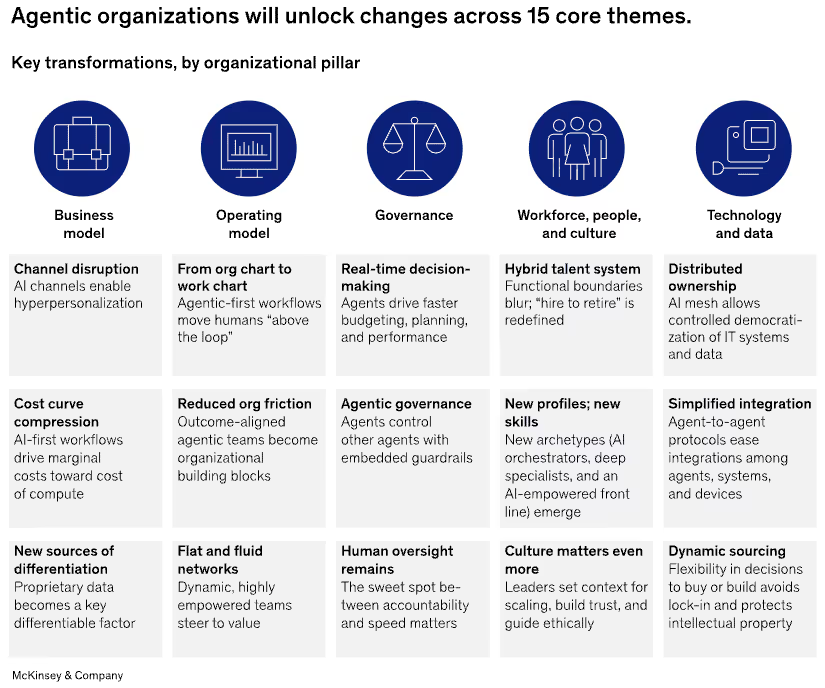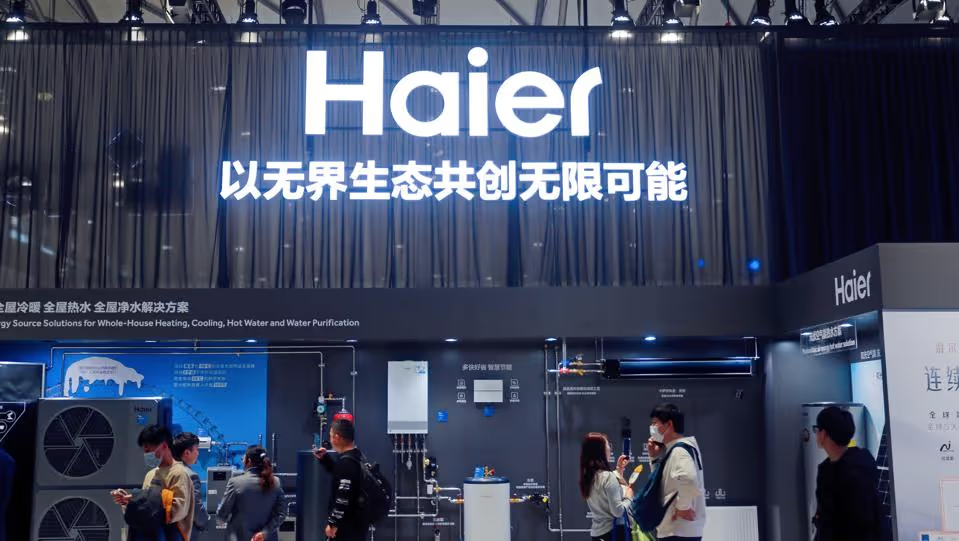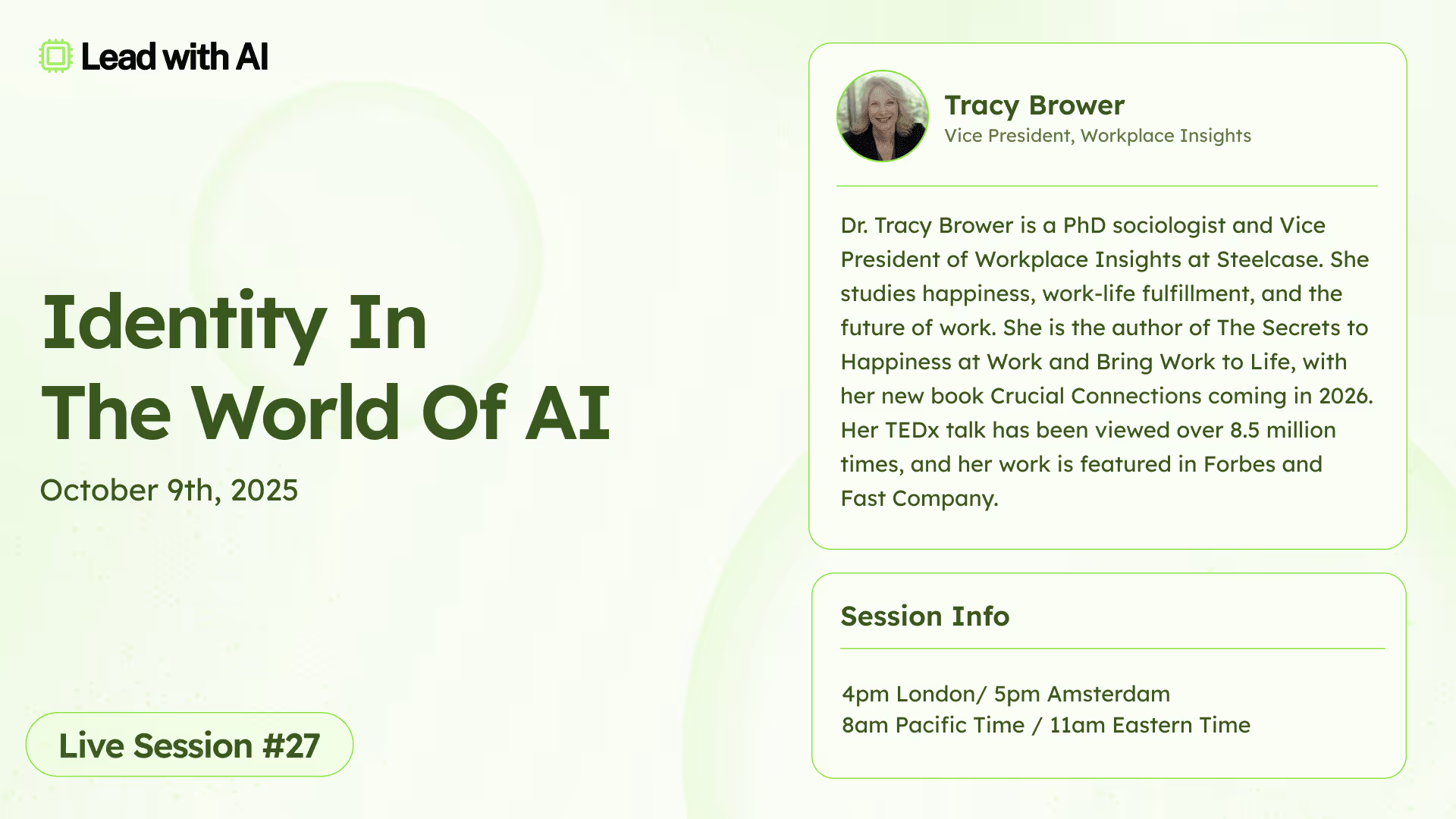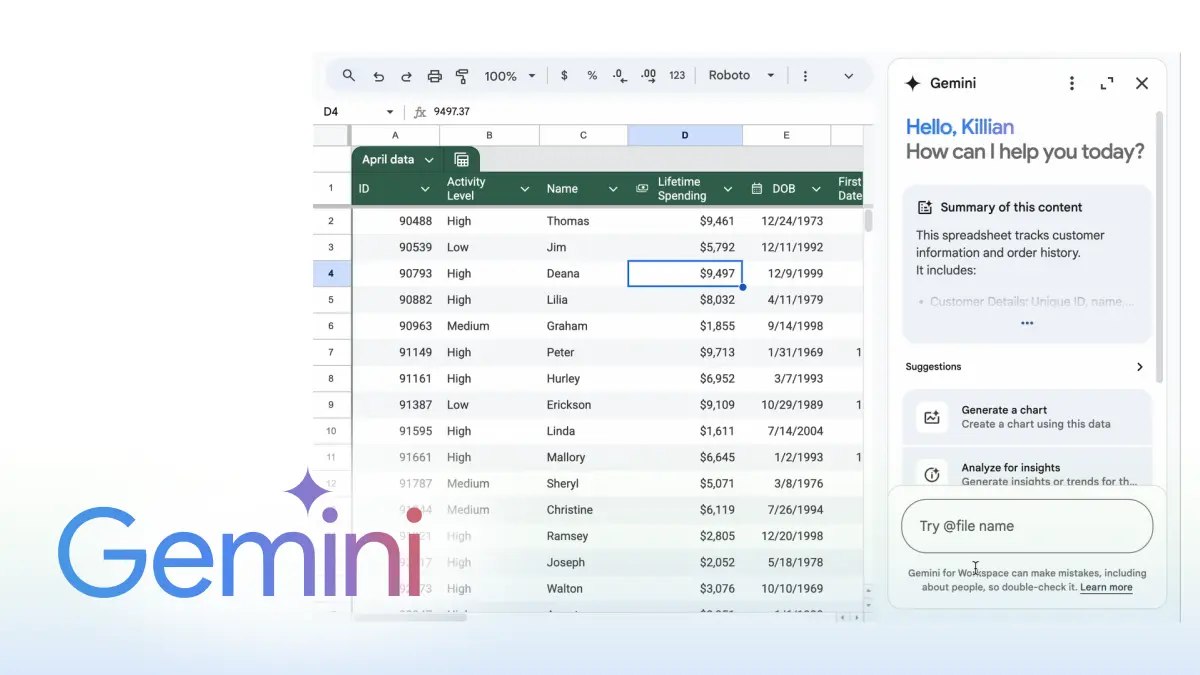
Introduction
Generative AI has been in the public eye for nearly three years, sparking widespread anxiety over job losses and disruption. CEOs warn of mass unemployment, and headlines talk of “bloodbaths” in white-collar work.
But when the Budget Lab at Yale and Brookings researchers analyzed the U.S. labor market since ChatGPT’s release in November 2022, the picture looked very different: stability rather than collapse. The data show that jobs are shifting, but in ways that mirror past technological transformations. The early story of AI in the workplace looks less like an apocalypse and more like an evolution.
From our work with leaders, this is no surprise. The apparent calm reflects how early and shallow AI adoption still is inside most organizations. To borrow from election-night coverage, it is too early to call. Stability in today’s numbers does not mean stability is the final outcome.
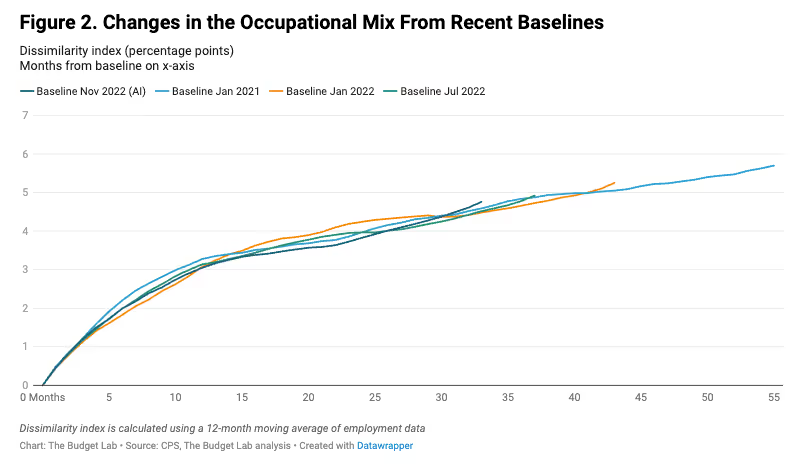
Occupational Mix Is Moving, But Adoption Explains Stability
The Budget Lab’s core metric is the “dissimilarity index,” which tracks how much the mix of occupations changes over time. Since ChatGPT’s launch, the index shows shifts happening a little faster than in earlier technological eras like the internet or the PC boom, but only by a small margin. During the internet wave, the occupational mix moved about 7 percentage points over six years. Since late 2022, the AI-era change has been only about 1 percentage point higher.
By sector, the picture is uneven. Information, Finance, and Professional Services have experienced bigger swings than the economy overall, yet these shifts began well before generative AI. The Information sector in particular, spanning newspapers, movies, and data processing, has always been volatile and shaped more by industry trends than any single technology.
At first glance, the data suggests continuity, with workers moving between roles in ways that resemble earlier cycles of technological change. But the deeper explanation for why disruption looks muted is that AI adoption has not yet reached depth. Most leaders and teams remain at the entry level, experimenting with basic prompting. Very few are piloting custom assistants, and agentic AI remains almost untouched. With AI still in “trial mode” across much of knowledge work, it makes sense that the disruption has not shown up in the data. If today’s technology were deployed at scale, however, the impact could be transformative, multiplying productivity across entire departments.
📝 Lesson: Treat AI adoption as a staged journey. Pilot small-scale workflow shifts and plan for incremental role evolution rather than sudden restructuring.
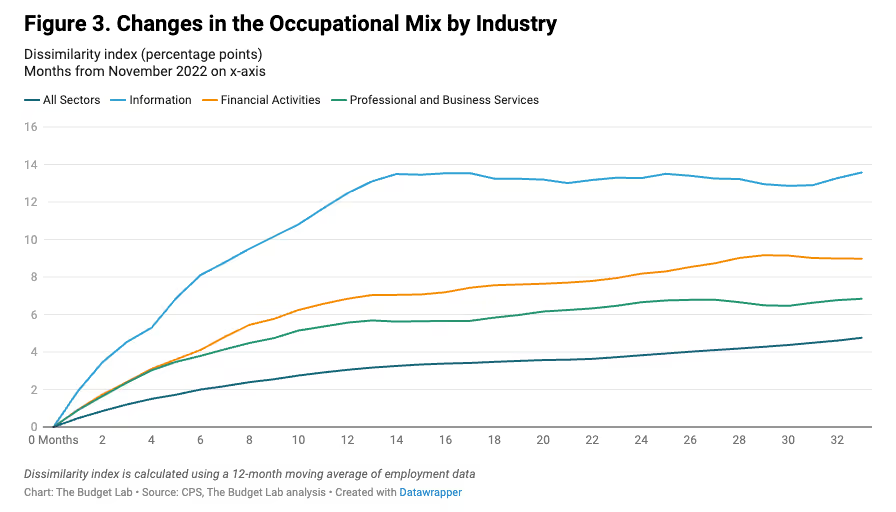
Exposure, Automation, And Augmentation Show A Shallow Curve
The research team combined OpenAI’s “exposure” scores with Anthropic’s “usage” data. About 29 percent of workers are in low-exposure jobs, 46 percent in medium, and 18 percent in high, with little change since 2022. Among the unemployed, the share of AI-exposed tasks has also stayed steady, between 25 and 35 percent.
Looking at job types, automation accounts for roughly 11 percent of employment, while augmentation makes up around 70 percent. These trends are flat. Researchers describe this pattern as “AI as normal technology,” spreading unevenly and at a slow pace.
This mirrors the ChatGPT workflow study from last week. Adoption is broad, with nearly half of knowledge workers now using it, yet most activity still centers on writing and decision support. At the same time, ChatGPT is being embedded more deeply into workflows and is gradually evolving into the operating system of work. The contrast between these early habits and the larger workflow redesigns still ahead helps explain why disruption has not yet shown up in the data.
Our interpretation goes further. These curves highlight just how surface-level adoption remains. Most organizations are using AI for incremental time savings rather than system-level redesign. As long as adoption stays shallow, the impact will look limited. Once leaders move beyond tinkering and start re-engineering workflows, the data will tell a very different story.
📝 Lesson: Focus adoption on structured augmentation. Create playbooks around everyday workflows, then prepare teams for the shift to automation once maturity allows.
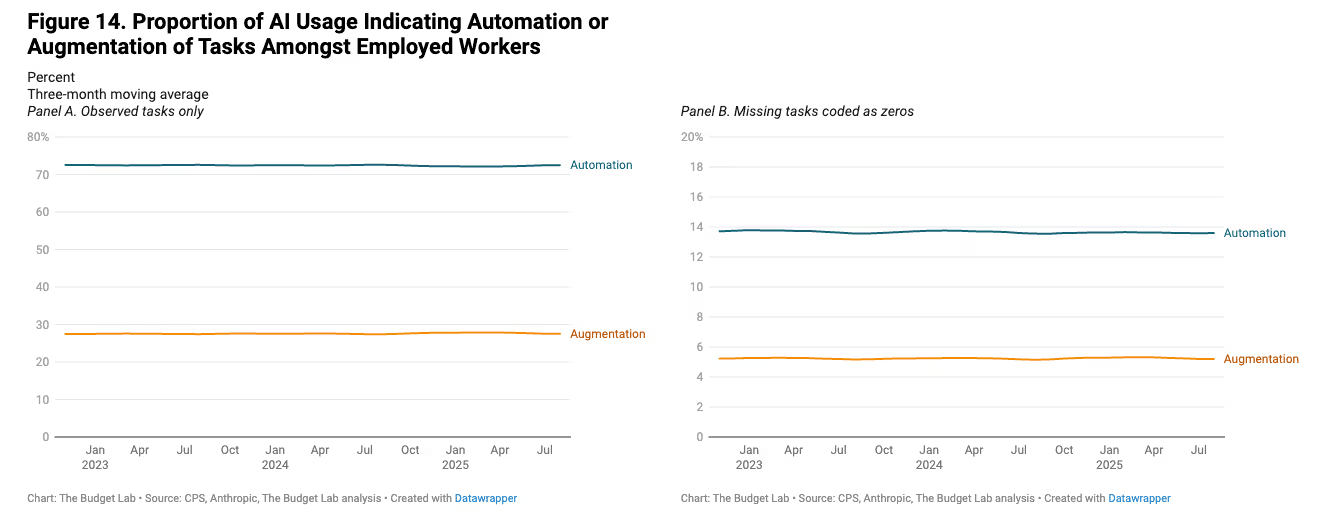
AI Boosts Some Workflows But Hits A Wall
Complementing Yale’s macro view of labor stability, new research from Harvard and Stanford sheds light on what happens at the task level. In controlled experiments, marketing specialists (adjacent outsiders) using GenAI were able to catch up with the performance of professional web analysts, closing much of the gap in task quality. But technologists (distant outsiders) with little domain knowledge gained little ground, even with GenAI support.
The researchers call this boundary the “GenAI Wall.” It marks the point where AI tools can no longer bridge deeper gaps in expertise. GenAI equalizes some workflows by boosting adjacent skills, but it cannot fully replace specialized knowledge.
This helps explain why the U.S. labor market appears steady even as AI spreads. Generative AI makes some tasks faster and more accessible, but it does not erase the need for professional expertise. As the authors note, the "Wall Effect" constrains the broad diffusion of GenAI across distant occupations.
For leaders, this reinforces the importance of upskilling: AI can amplify capable workers and make them more versatile, but hitting the wall is inevitable without underlying expertise.
📝 Lesson: Use GenAI for adjacent-skill uplift inside the org. Pair adoption with domain training so teams avoid hitting the wall and maximize real expertise.
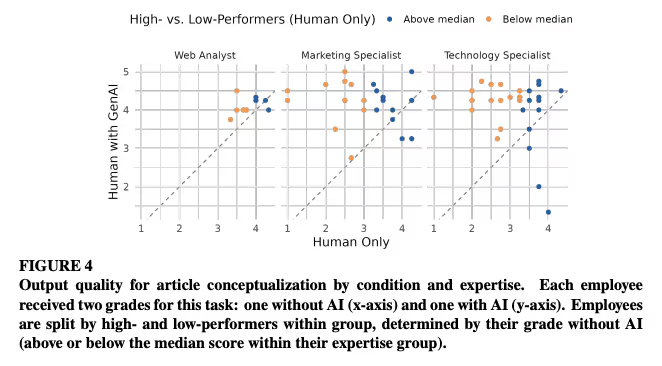
Better Data Is Needed To Capture The True Impact
The Yale researchers emphasize how imperfect current data still is. Exposure measures remain largely theoretical, while usage data is skewed toward coding and writing. In sectors like healthcare, the mismatch is clear. Radiologists, for instance, remain busier and better compensated even though their field looks tailor-made for AI. The biggest shifts may not come from chatbots at all, but from enterprise systems that redesign workflows at scale.
Our experience mirrors this caution. Inside most organizations, leaders often do not know where AI is being used, how much time it saves, or where the risks are. Recent findings like the Workslop study highlight the same issue at the worker level, showing how minimal understanding and advanced adoption still are across most organizations. Without internal telemetry, scaling adoption is guesswork. The macro data reflects the same challenge at a national level: without better usage data from Google, Microsoft, OpenAI, and other providers, policymakers and executives are essentially flying blind.
📝 Lesson: Build adoption telemetry inside your organization. Track usage, time saved, and quality outcomes so scaling decisions rest on evidence, not assumptions.
The Bottom Line
Across the first 33 months of ChatGPT’s public use, the U.S. labor market continues to show stability. The occupational mix has shifted only slightly faster than in past waves, exposure and usage metrics remain flat, and unemployment shows no AI-driven surge. The Harvard and Stanford study adds a crucial detail: even when GenAI boosts performance, it eventually hits a Wall Effect where expertise remains essential.
Our perspective is that this stability reflects shallow adoption, not AI’s limits. Most leaders are still at the prompting stage. Few are experimenting with custom assistants, and almost none are piloting agentic AI. This gap between potential and practice explains why disruption has not yet shown up in the data. Once adoption deepens, the impact will accelerate quickly. Early signals, such as Accenture’s recent layoffs linked to AI-driven restructuring, show how change is already starting to play out in specific geographies and sectors.
What this means for leaders and teams: The path forward is not about waiting but about structured adoption.
- Run an AI Snapshot diagnostic to quickly surface high-value workflows and create a prioritized backlog of opportunities. (Our team can help with this.)
- Enable the whole company with training and playbooks so adoption is consistent, not scattered (See our training & enablement programs.)
- Equip executives with fluency to guide adoption and steer strategy.
- Sustain progress by connecting teams to a trusted knowledge base and expert community.
This is how organizations move from speculation to systematized value.

.webp)

